
Recently, the Bozeman Chronicle published an article about the Southwest Montana Mountain Bike Association’s (SWMMBA) trail-building efforts in the proposed Lionhead wilderness near West Yellowstone.
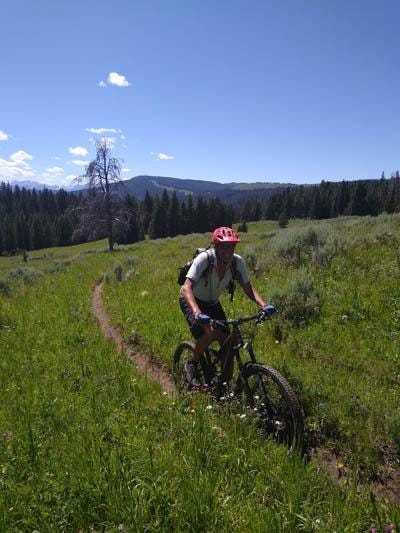
Like almost all trails being constructed by mountain bike enthusiasts, there has been little consideration of the impact of trails on wildlife, other public land users, and the wildness of the landscape. In most cases, there is no review of new trails, nor consideration of how improving existing trails to accommodate higher bike speeds can impact wildlife and other trail users. Mountain biking adds to the degradation of wildlands. There is a “zone of influence” that extends well beyond the trail.
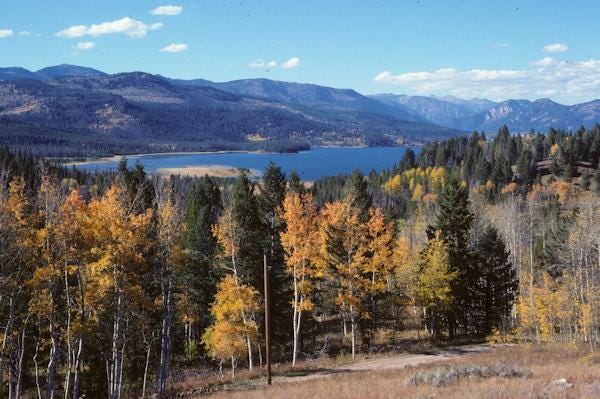
The Lionhead is the southern extension of the Madison Range, lying along the Continental Divide and straddling the Idaho/Montana state line. It is one of the critical pieces in the Greater Yellowstone Ecosystem. The Lionhead is part of a corridor that allows wildlife to move between the Centennial Range, Gravelly Range, and north into the Madison Range.
For years, wilderness advocates have proposed designating 43,000 acres as wilderness for the area. Demonstrating its significance as wildlands, the 1987 Gallatin Forest Plan recommended 22,800 acres for wilderness designation. This proposed wilderness lies adjacent to additional roadless lands on the Deerlodge Beaverhead NF and Targhee NF that are also proposed for wilderness, making the final size of this area much larger.
Unfortunately, the Forest Service has failed to implement policies that protect the wildlands’ potential for wilderness designation.
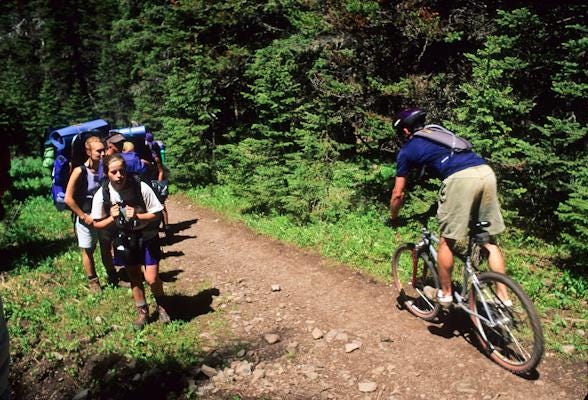
While the existence of mountain biking in a proposed wilderness doesn’t necessarily preclude future wilderness designation, it creates an anti-wilderness constituency. My experience with avid mountain bikers is that they prioritize their recreational pursuits over what is best for the land and wildlife.
Many are “thrill junkies,” as evidenced by quotes from the Bozeman Chronicle article, where “bikers want to be able to bomb down without blinking.” This is made worse because the Lionhead is grizzly country, and the rapid descent can surprise bears, resulting in conflicts for both bears and riders.
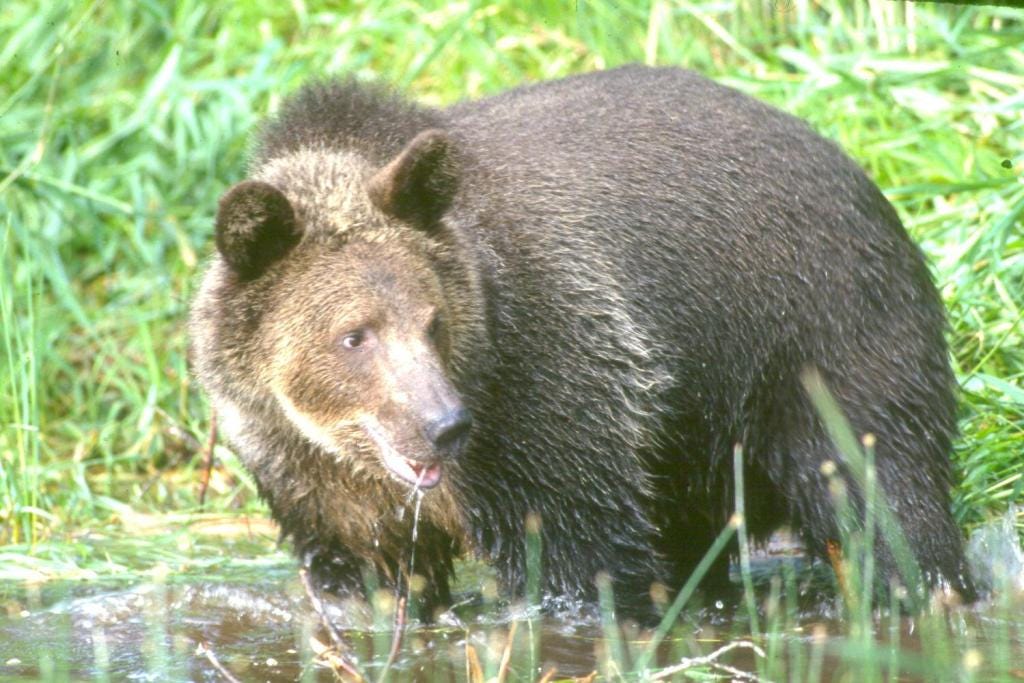
Chris Servheen, a retired grizzly bear expert, has warned about the impact of mountain biking on grizzly bears. Serhveen was quoted: “High speed and quiet human activity in bear habitat is a grave threat to bear and human safety and certainly can displace bears from trails and along trails. Bikes also degrade the wilderness character of wild areas by mechanized travel at abnormal speeds.”
Studies have shown that all human activity can displace wildlife; however, mountain biking has a greater effect than hiking. For one thing, the total distance a mountain biker can travel in a day is far greater than that of most hikers, thus enhancing the potential for wildlife displacement. Worse is that SWMMBA supports E-bikes, which further heightens potential conflicts.
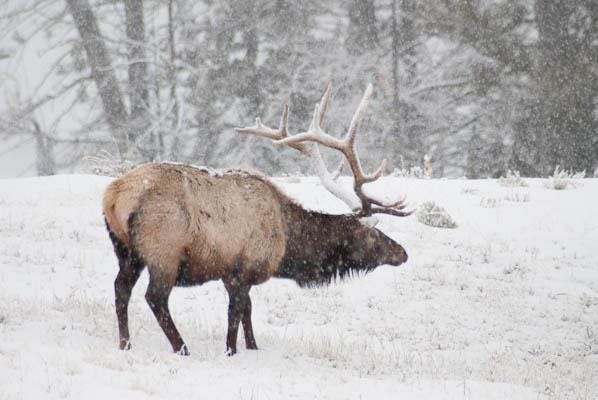
For instance, a former Colorado Parks and Wildlife District Wildlife Manager, Jim Haskins, reported, “New mountain bike [trail] construction will likely result in permanent habitat fragmentation. Habitat fragmentation impedes the movement of wildlife across landscapes. Looped trails may create islands of habitat that may be avoided entirely by wildlife.”
A Montana study of mechanical Off-Road use found that elk habitat effectiveness was reduced by 25% with a density of 1 mile of trail per square mile.
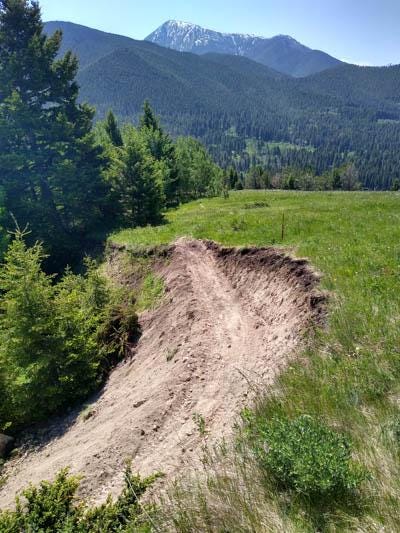
The situation with the proposed Lionhead wilderness is emblematic of what is happening to proposed wilderness areas throughout the West, as mountain bikers often target such areas with maps and advertisements, as well as new trails designed to preclude eventual wilderness designation.
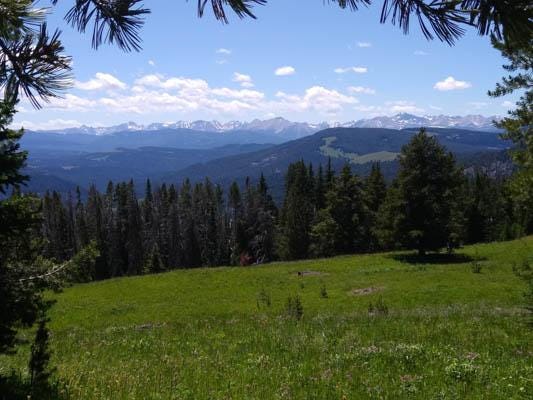
In this regard, they are often assisted by so-called conservation groups, such as the Greater Yellowstone Coalition, Montana Wild, and even The Wilderness Society, as members of the Gallatin Forest Partnership have joined in advocating for mountain biking in roadless lands, including the Porcupine Buffalo horn portion of the Gallatin Range.
Our wildlands are being diminished by a thousand cuts, with the cumulative impact leading to a degraded ecosystem. We need to give serious consideration to how human uses can compromise ecological integrity, especially in the Greater Yellowstone Ecosystem.




